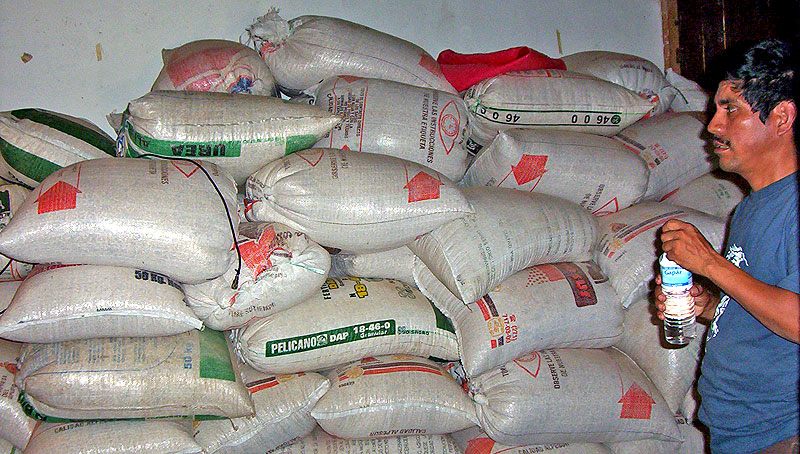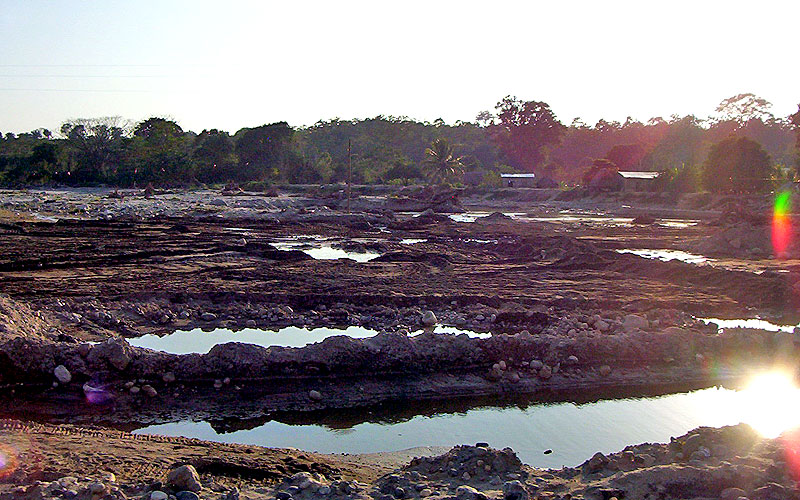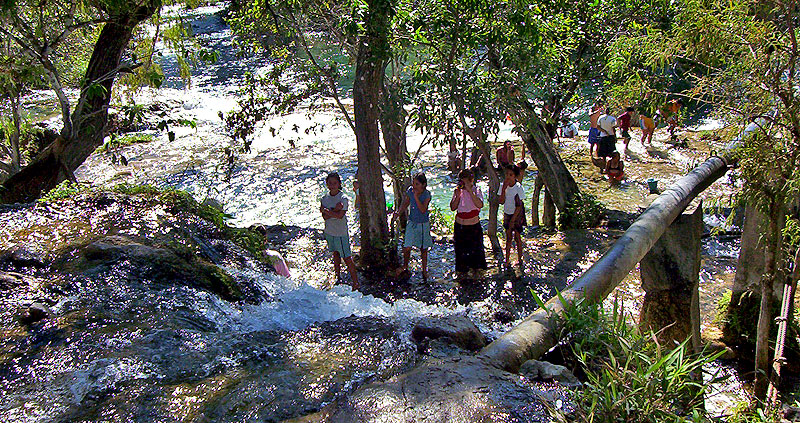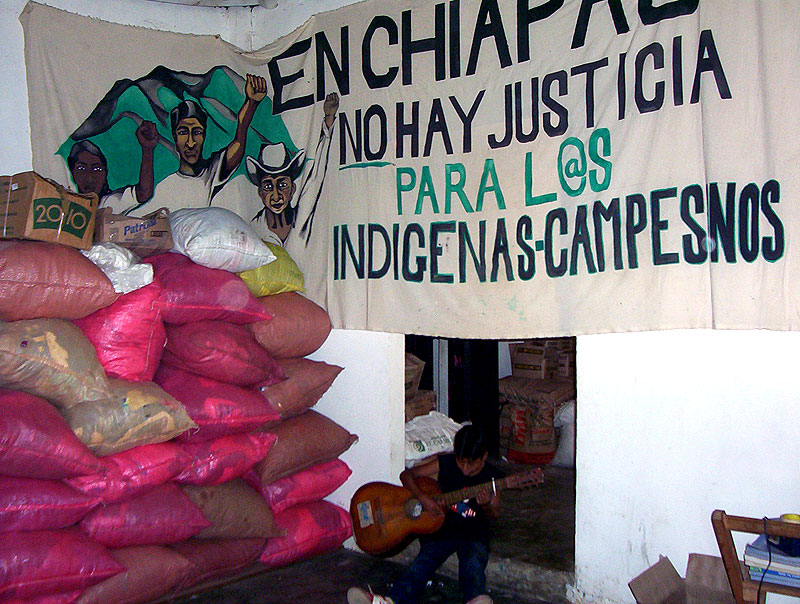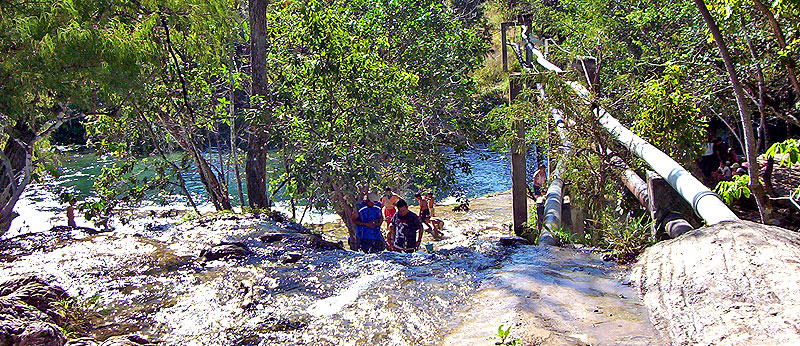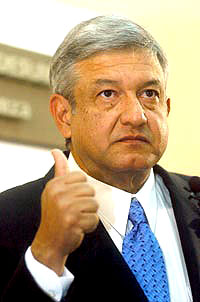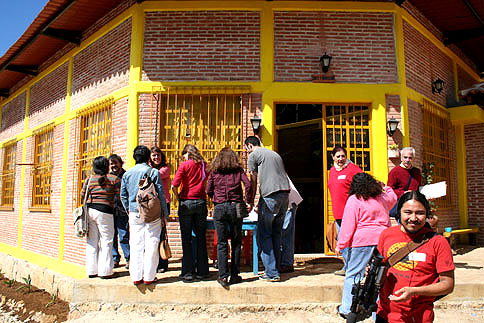SIPAZ Activities (October 2005 – January 15, 2006)
31/01/2006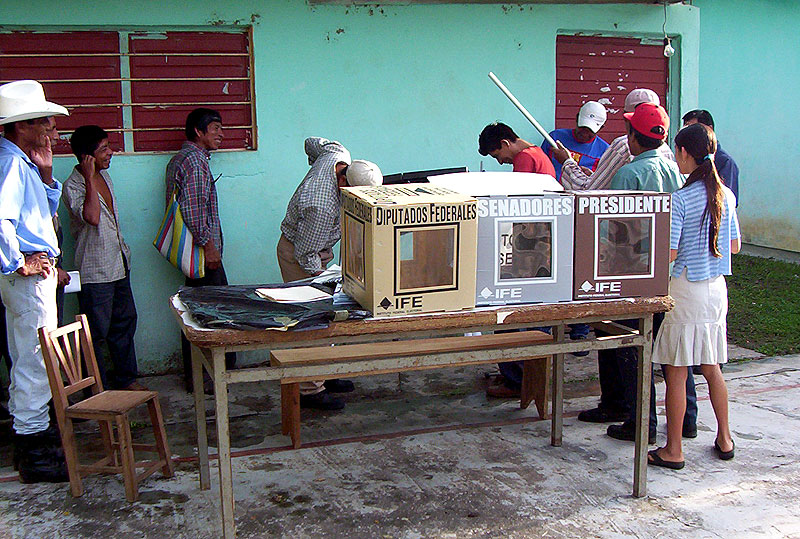
ANALYSIS: Mexico – Post-Election Uncertainties
31/07/2006In January, we received an appeal from the Fray Matías de Córdoba Human Rights Center in Tapachula, in the coast region of Chiapas, asking for support in carrying out an observation mission in the areas affected by Hurricane Stan. Last October, Stan ravaged cities and communities of Mexico and Central America. In the Coast and Sierra Region of Chiapas, severe flooding left more than 22,000 homes entirely destroyed and about 19,000 people affected. Although SIPAZ does not normally work in these regions, as we generally focus our attention on the “area of conflict,” we decided to respond to the call sent out by the Fray Matías Human Rights Center because the effects of Stan in Chiapas will continue to be seen far into the future, affecting the totality of the state.
The observation effort was carried out from January 8-15, three months after the disaster. While the most difficult moments had passed, the landscape continues to be devastated: with areas that seemed like oceanless beaches, of sand and rocks, large extensions that show the channels that the rivers occupied… From the heights of the Sierra, despite the predominant grey and blue tones, I could not keep from thinking of the title of the well known book by Galeano: “Open Veins of Latin America”...
We heard diverse testimonies, from the best to the worst, as is so often the case in emergency situations. The people told us of how once their town, their home, and their small crop of mango or banana was here. In the actual moment of the hurricane, many people helped each other to survive. In a number of smaller, more isolated communities, they continue to share the little food they have, as well as the hunger and the cold. They have begun the process of rebuilding.
In the populations most accessible by highway, the aid supplies arrived much faster. Many people spoke of how the churches and Caritas provided the first assistance, and of the aid that came from the civil society throughout Mexico. We also heard reports of how “they gave me incomplete supplies” or “my animals were stolen.” Individualism and a lack of solidarity were more noticeable in urban areas, especially in the region’s largest city: Tapachula. Groups, often armed, looted houses and stores, and held-up trucks carrying aid supplies. Others defended their goods with force. Some stores took advantage of the situation and drastically raised the prices of basic products.
Following the Observation Mission, we also held interviews with the Junta of Good Government in La Realidad, which covers the two affected regions. “Many of our base support communities were affected,” they said, “Some lost their homes, their crops, their lands. They gathered in shelters in Huixtla, Belisario Domínguez, Motozintla, and Comalapa. There has been a lot of solidarity from the international and national civil society as well as from our own communities (…) We also sent out health care brigades. Doctors in solidarity and health care providers from other communities participated.” They stated that advances have been made: “The majority of those affected have returned to their homes or have been reunited with their families. We have provided supplies to those who want to rebuild their houses.” Nevertheless, the difficulties continue in the communities: “Many of them live in areas of risk. We invite them to leave those areas and come here, to the Selva, where we have lands that we have recovered. But it is very difficult, the “compas” (comrades) are used to their lands and they do not want to leave. So if they want to rebuild there, well, we will respect their decision.”
The authorities recognize that Stan’s effects exceeded their expectations. Along the road, we came across many people and machinery working to rebuild the roads and bridges. There is little progress to be seen so many months after the hurricane. The majority of the victims with whom we spoke told us of the many unfulfilled promises made by the government. We also heard testimonies and rumors of aid and rebuilding supplies being sold and secretly hoarded by local politicians. “I saw bundles of aid supplies in the police station,” recounted one woman from Mapastepeque, “they scolded me for looking…” It is concerning to see that the aid could be used to manipulate voters in the context of the upcoming elections. The area is seen as a coveted pool of exploitable votes given the extreme vulnerability of the majority of the region’s population.
The local authorities defend themselves. For example, in Acacoyagua, where rumors circulated about a plan to take the municipal president hostage, we were told: “We have already distributed a lot of aid, but there are always people who don’t agree.”
There is also concern that some might take advantage of the situation to advance other economic or environmental agendas. One group of hurricane victims in the Sierra told us how “The government wants to relocate us to the Coast. We suspect that they want to remove us from the lands of the reserve because of the natural resources there.”
The discrediting is mutual. The authorities are questioned; the various organizations and churches only help their own people. The rebuilding will certainly take much longer. Those who have friends or family in the United States try to go there themselves. “Coyotes” charge $20,000 – $30,000 Pesos (US$1= approx. 10.5 Pesos). Unfortunately, for many, migration to other parts of Mexico or to the US seems to be the only way out.

